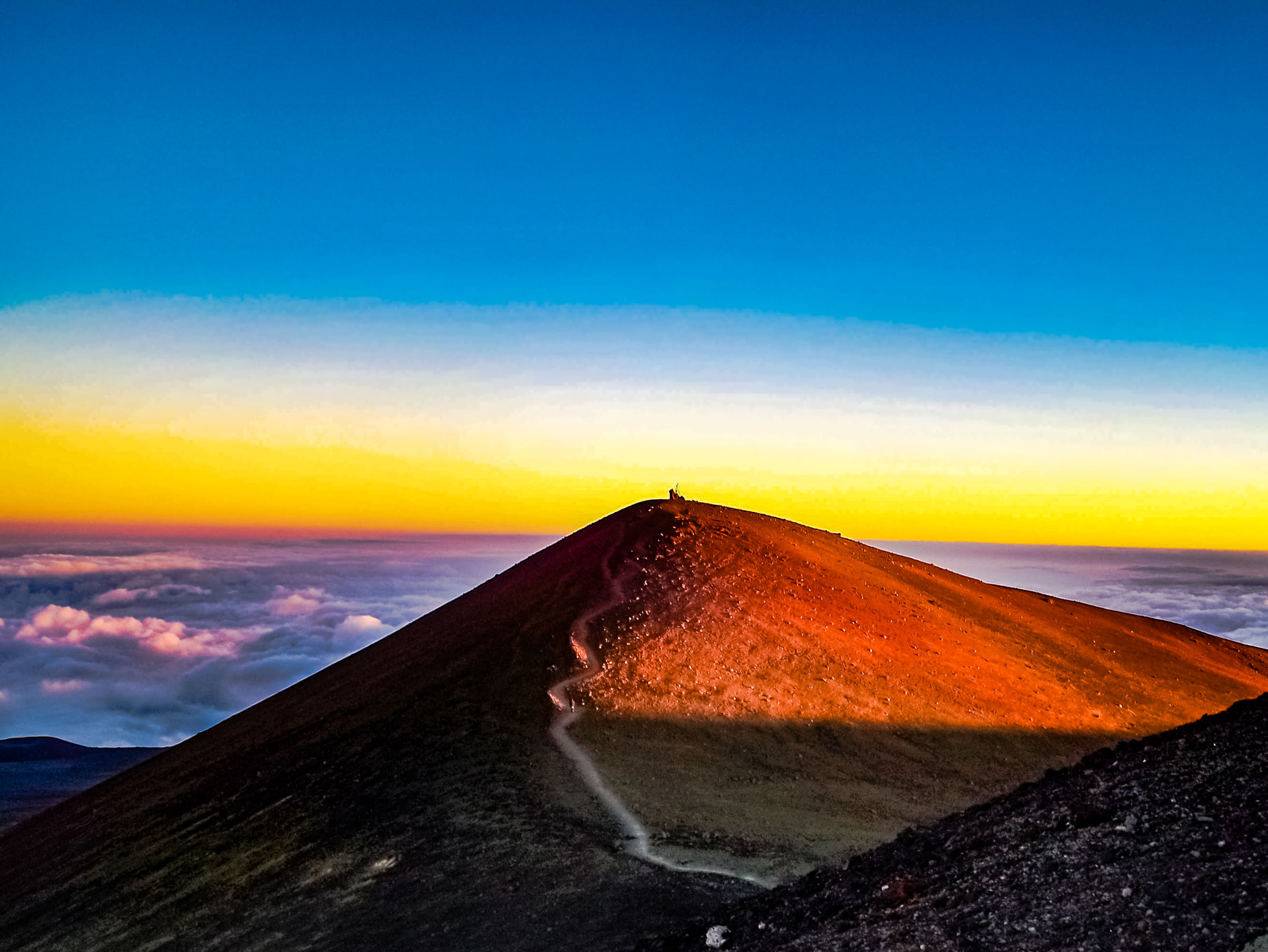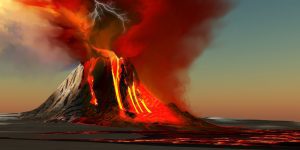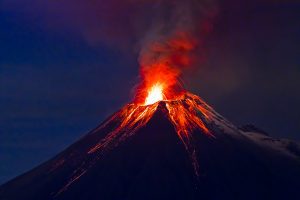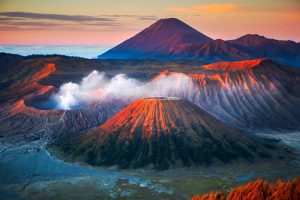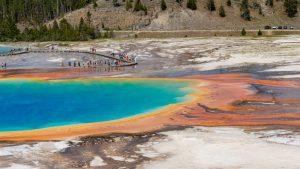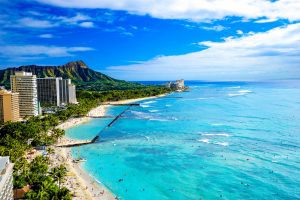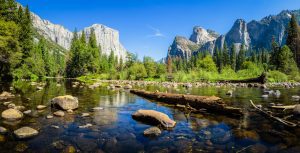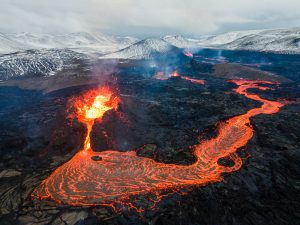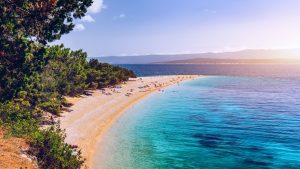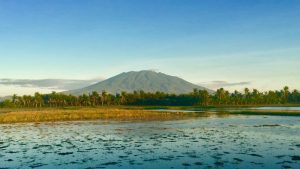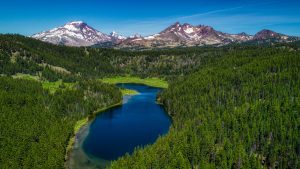Almost all volcanoes look amazing. But the most beautiful volcanoes in Hawaii are often tied to local culture. They represent more than simple lava or rock formations to the locals.
As a result, visiting them is often prohibited. But many of them can be seen in person. Here’s where to start.
Table of Contents
10. Kīlauea
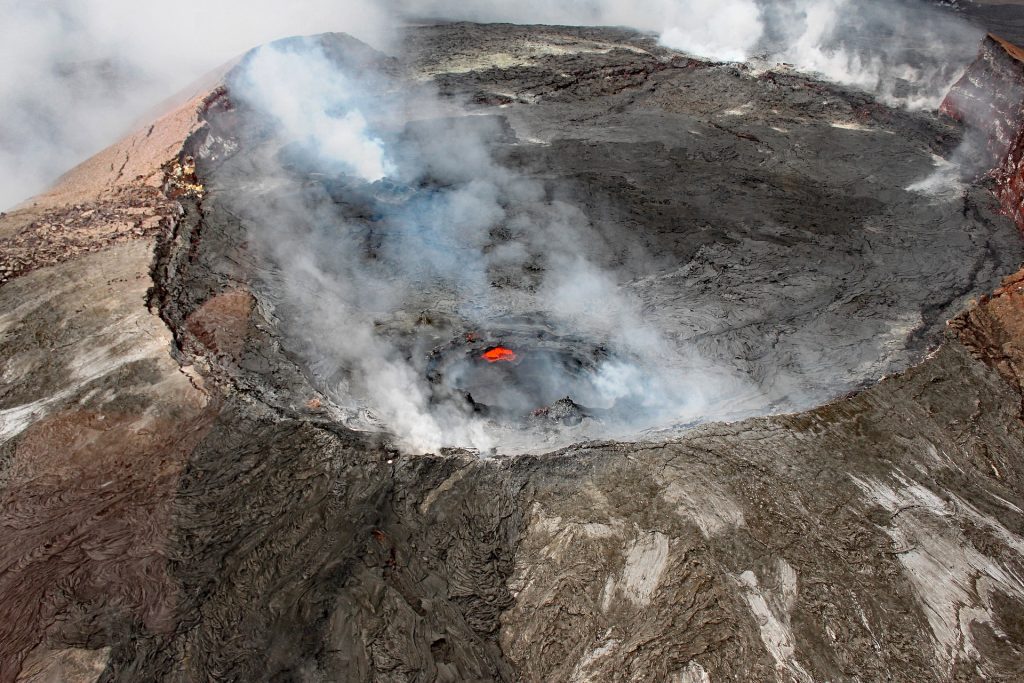
The history of this volcano is impressive. Many believe it has emerged more than 100,000 years ago. But you might know it from the news as the volcano’s last eruption was in 2008.
It is considered one of the most active 5 volcanoes on the islands. If you want to see it in action, you need to be careful as its lava was seen on the streets of Leilani just a few years back.
9. Mauna Loa
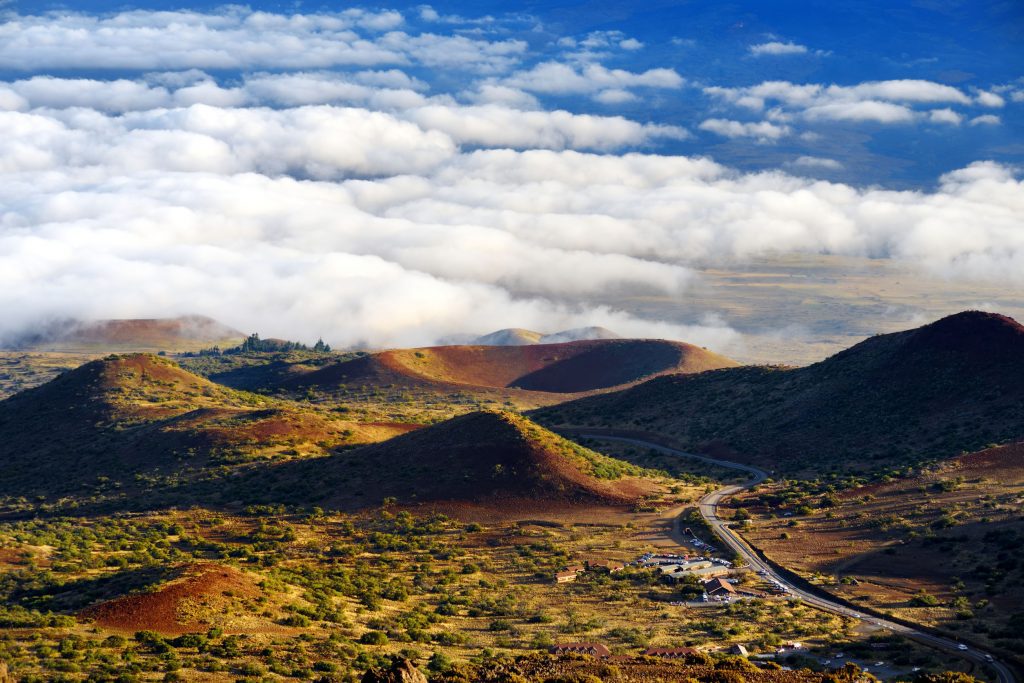
The Mauna Loa has been considered the world’s largest volcano for years. It has a distinct shield profile and silica-rich lava that doesn’t explode. By rough calculations, it has emerged above sea level around 400,000 years ago.
With an elevation of more than 13,000 feet, climbing this volcano is not an easy task. However, you can see it from the air if you book a local airplane to take you above the summit.
For the brave, there’s even a trail to follow which starts right at the Hawaii Volcanoes National Park.
8. Mauna Kea
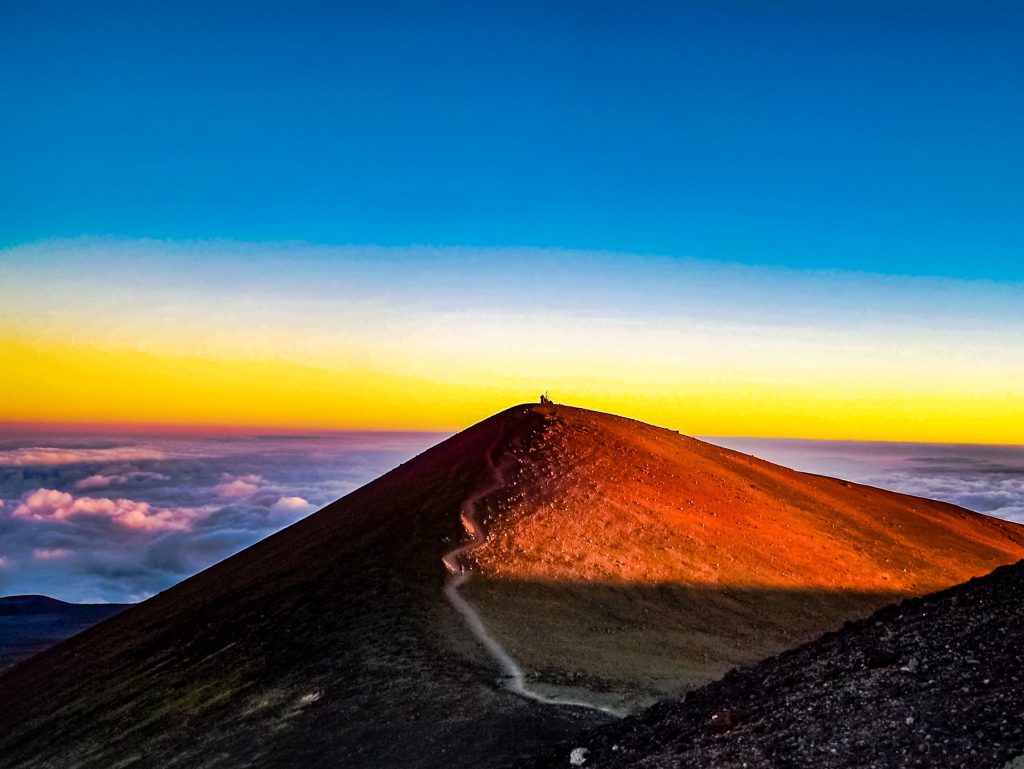
A bit taller than Mauna Loa, Mauna Kea has a peak of 13,803 ft. This incredible volcano is now considered dormant. It means you can visit it without fearing an imminent eruption. For most people, it’s now the best spot to hike for the top views of Hawaii. As the highest point of the islands, it attracts plenty of tourists.
But the visible side of the volcano is only a small part of its profile. Most of it is underwater. In fact, Mauna Kea is the highest mountain in the world measured from the base. It features an incredible 33,500ft height that is hard to match.
7. Hualālai
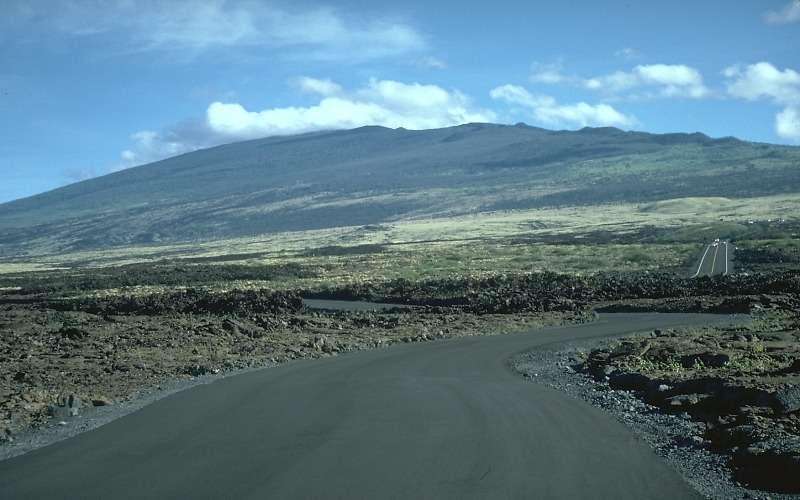
The volcano is considered dormant by the locals and active by scientists. Judging by the latest eruptions, many would say it’s a dormant volcano. However, it has erupted a few hundred years ago and it’s expected to erupt some time again during this century.
With a height of over 8,000 feet, it’s not a small volcano by any standards. For the locals, the volcano is home to rare species of animals and plants which give it a different appeal, somewhat superior to other places in the Hawaiian Islands.
6. Haleakalā
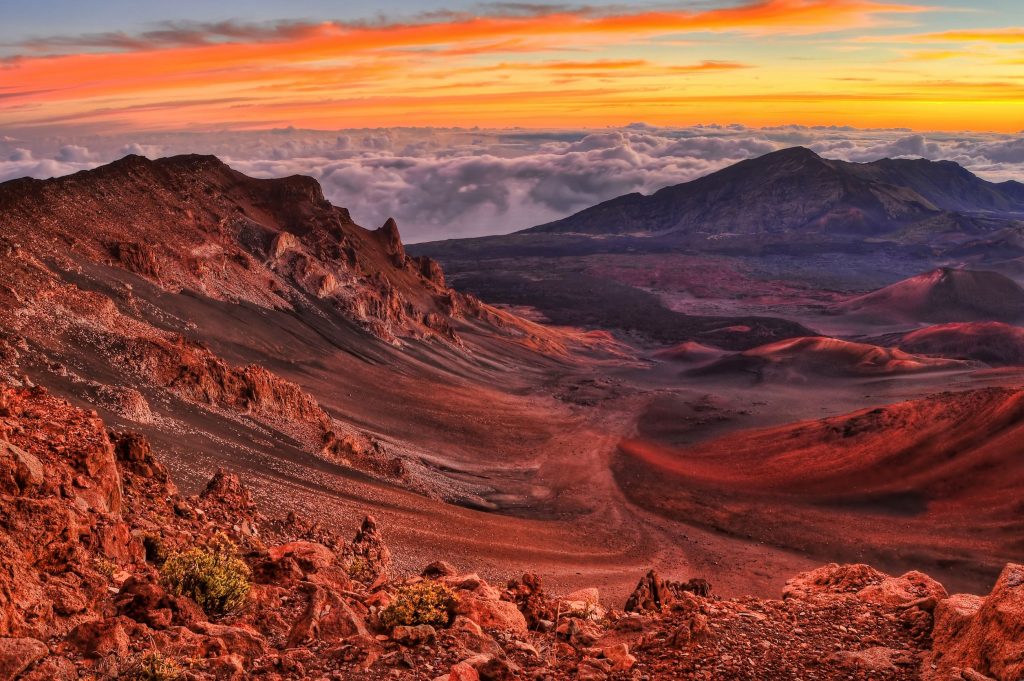
Haleakalā Volcano is one of the top attractions and an important part of the Hawaiian Islands. It forms most of the Island of Maui and it has the tallest peak situated at 10,023ft.
But most importantly, it is a renowned hiking destination and a research destination. You can follow its trails to the top. But the area is also known for its astrophysical appeal.
For example, locals come here to enjoy the best locations for telescope use as it’s so far away from the city lights. Accessing the summit isn’t complicated either.
You can jump on the Haleakalā Highway which takes you to the top of the mountain. However, you need to be aware that the highway has a few blind turns.
5. Puʻu ʻŌʻō

The volcano is part of extensive research due to high activity in the area. It erupts constantly and as a result, living in its proximity is almost impossible.
For example, it has caused extensive damages in 2005 when it erupted destroying almost 200 buildings. The explosion covered an area of 117 square kilometers with magma.
4. Kohala
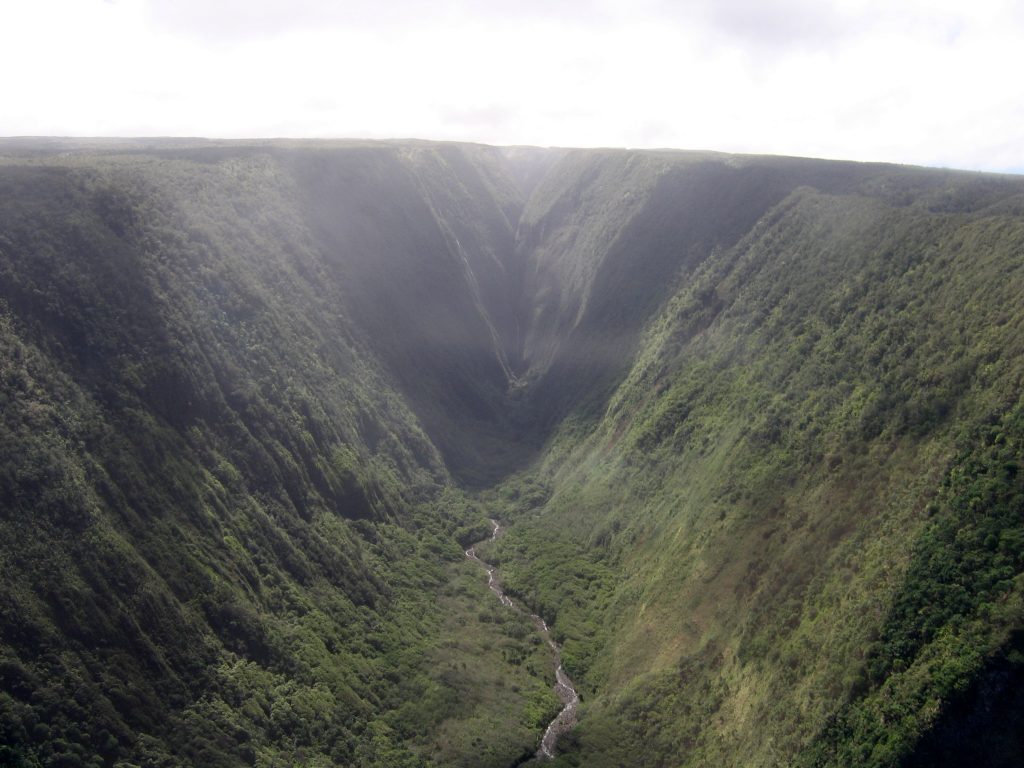
The volcano is the oldest in the islands with an age of over 1 million years. It’s so old that it has witnessed the Earth’s last magnetic pole change estimated to have taken place over 750,000 years ago.
The volcano is a center for research in geology. But for the average visitor, is its shape that impresses the most. If almost all other volcanoes are round in shape, Kohala is shaped like afoot.
A bit further from the major landmass, the volcano has also created a unique ecosystem. There are a few initiatives in place to keep its ecosystem undisturbed. Small-scale farming does take place here as sweet potatoes grow the best around the volcano.
3. West Maui Mountains
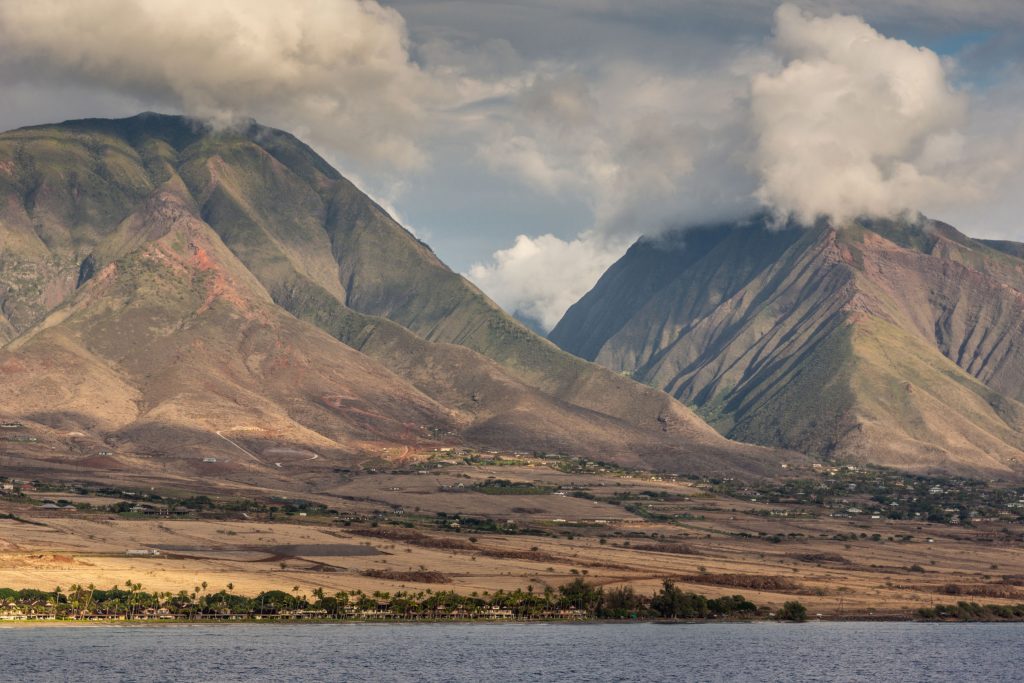
The mountains are now based on an eroded volcano that has formed the Hawaiian Island of Maui. It is believed explosions 500,000 years ago and explosions 350,000 years ago have helped form the island.
But today, the volcano has a historical significance with its age of 1.7 million years. If you want to visit the volcano and the mountain, you can head to the nearby port of Lahaina to begin your adventure.
2. East Molokai Volcano
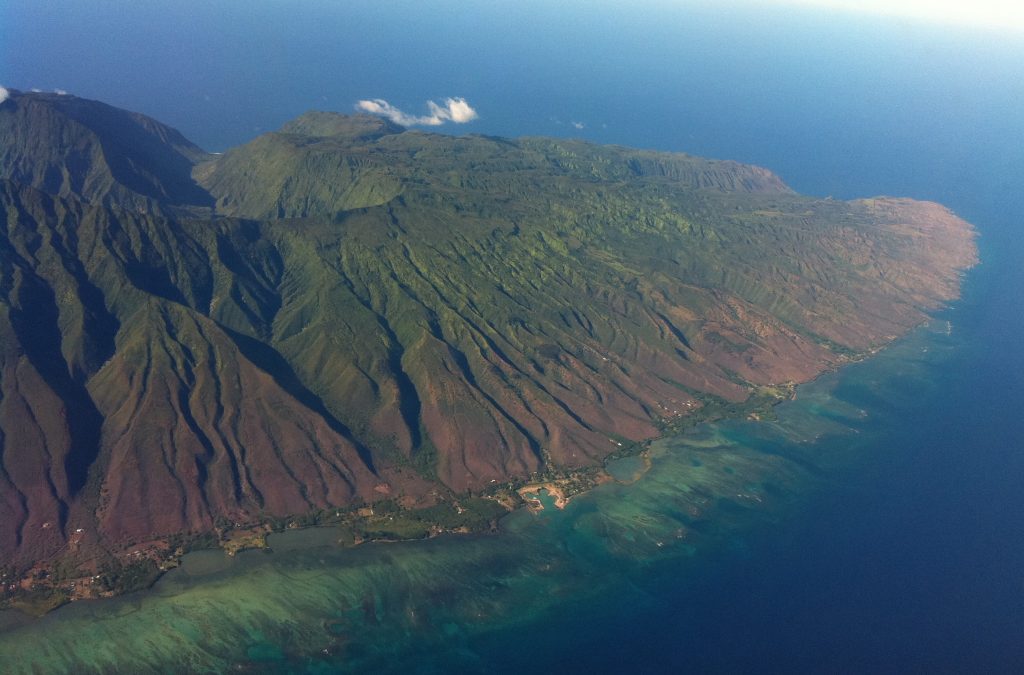
The volcano has historic importance in the formation of the Maui Nui Islands. It has a history dating back to an era where humans were not even around.
It has formed and erupted between 2 million and 1.5 million years ago. All of these eruptions were responsible for the creation of East Molokai mountains together with East Maui and Penguin Bank.
1. Diamond Head

The Diamond Head Volcano is one that is easily interpretable as a volcano. It even looks like a volcano. But it has multiple uses apart from attracting tourists. For example, it has been used as a military lookout in the early ‘90s as it overlooks Southern Oahu.
If you ask around, most locals refer to this volcano as Lēʻahi. Its Diamond Head name was given by British colonists who thought the sparkling white sands around it were diamonds.
With an age of just 200,000 years, it’s one of Hawaii’s youngest volcanoes. But at the same time, its location makes it a perfect option for a lighthouse as well as for various US government antennas. Since its close to Honolulu resort hotels, the volcano is still partly accessible to tourists that come here out of curiosity.

